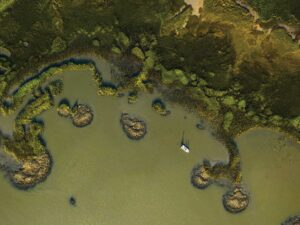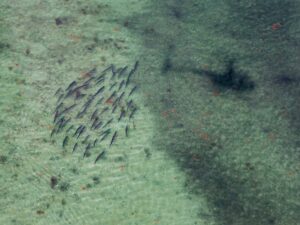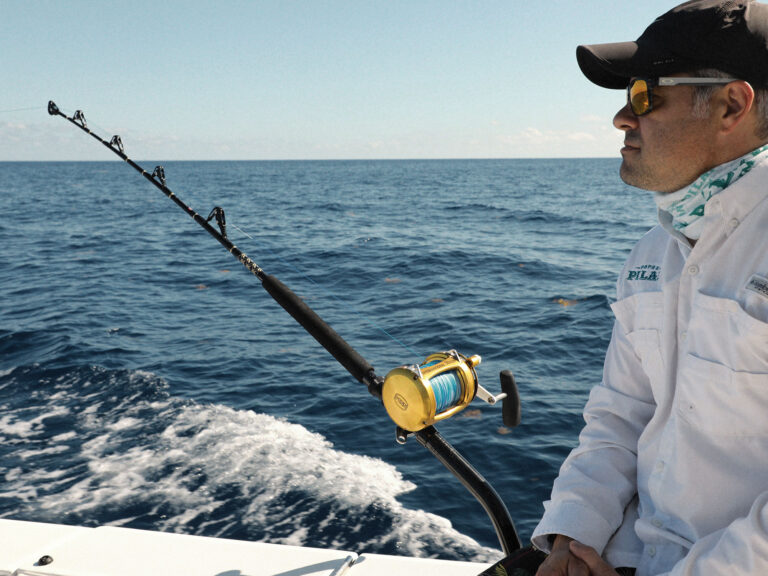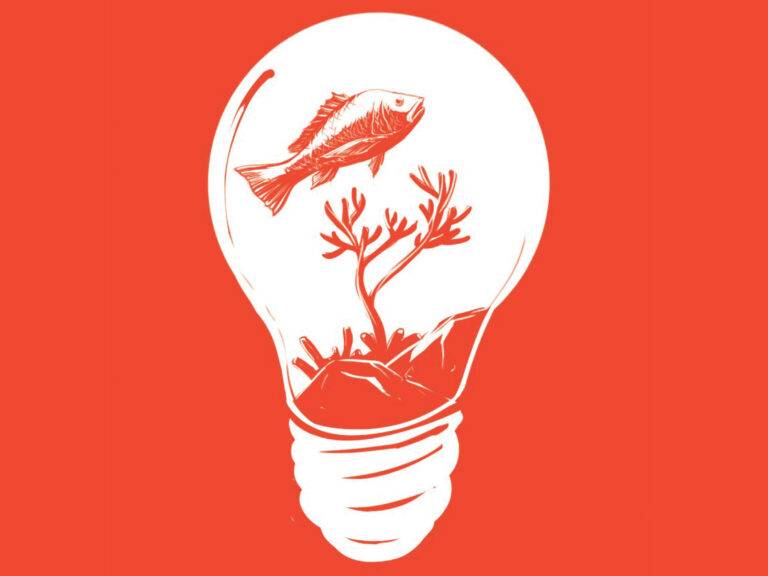Learn the best techniques to catching snook on Florida’s Gulf Coast, here.
Florida’s snook season starts on September 1, 2015.
While the fishery is already more than 90 percent catch-and-release, the Florida Fish and Wildlife Conservation Commission (FWC) encourages anglers to continue to use moderation when determining whether or not to take a snook home.
Regular season closures are designed to help protect the species during vulnerable times such as cold weather and spawning. Snook season closes December 1 through the end of February, and May 1 through August 31 in Gulf state and federal waters, including Monroe County and Everglades National Park. In Atlantic state and federal waters, including Lake Okeechobee and the Kissimmee River, snook season is closed December 15 through January 31 and June 1 through August 31.
Management measures such as the one-fish-per-person, per-day bag limit, annual closed seasons and size limits will help continue rebuilding snook populations on both coasts.
Minimum and maximum size limits help protect juvenile and older breeding fish within the population. In the Atlantic, snook must be not less than 28 inches and not more than 32 inches total length, which is measured from the most forward point of the head with the mouth closed to the farthest tip of the tail with the tail compressed or squeezed while the fish is lying on its side. In the Gulf, they must be not less than 28 inches and not more than 33 inches total length.
A snook permit as well as a recreational saltwater license is required unless the angler is exempt from the recreational license requirement. Snook may be targeted or caught with hook and line gear only. Snagging is prohibited.
Researchers ask anglers who harvest the fish to save their filleted carcasses and provide them to the FWC by dropping them off at a partcipating bait and tackle store. For the county-by-county list and more info, click here.
These carcasses provide biological data, including the size, age, maturity and sex of the catch. This information is important to the FWC in completing stock assessments on species such as snook.









